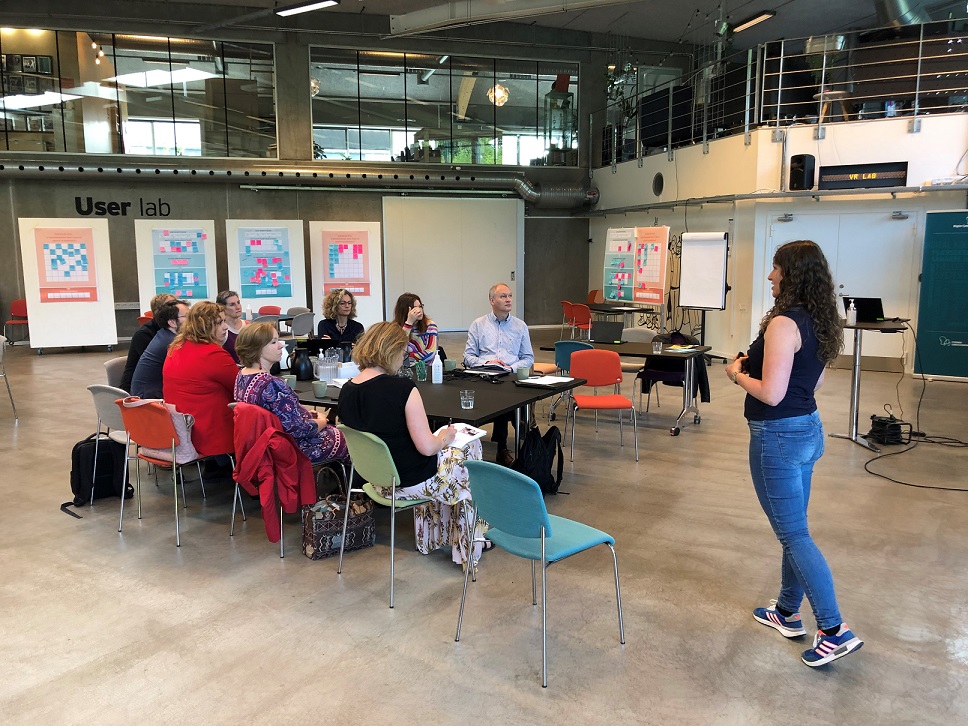
Study Visit in Odense
Regional Ecosystems for Health Transition - Study Visit Odense/DK (14th to 15th June 2022)
ClusteriX 2.0 is a project financed under the Interreg Europe programme that addresses the improvement of regional innovation policies by making better use of clusters. Over decades clusters have proven to be efficient policy instruments enabling cooperation between industry, research and policy, but ClusteriX 2.0 looks forward into new ways of facilitating intra and inter regional cooperation. This shall be done by focusing on the identification and structured use of complementary industrial and research competences and by introducing new models of innovation through the implementation of strategic cluster partnerships.
New models of innovation are needed because globalization and digitalization cause rapidly changing value chains and business models. The policy makers need to be aware of such developments to keep the pace and be able to provide fast and flexible support for emerging industries in order to make/keep a region competitive at global scale.
€2,133,027.00
Research and innovation
The goal of the consortium is to increase the number of collaborations between enterprises and knowledge institutions towards new industrial value chains through cross-cluster cooperation and eventually to new products and solutions. For this, it is necessary to improve the policy instruments related to networking, clusters and open innovation through the smart specialization approach.
The way towards reaching this objective demands to increase the number, the quality and intensity of interaction of cross-sector cluster partnerships: both within each partner region as well as between the regions based on complementary competences identified through smart regional profiling.
The project approach is to set-up and implement the right framework for exchanging own experiences and learning between the partners: dedicated activities like workshops, events, peer-reviews, study trips, staff exchanges shall enable the participating organisations to learn, adapt the good practices to the realities of their regions and implement on this bases new measures and actions leading to a better policy making.
We see ClusteriX 2.0 as a small community of cluster-related actors dedicated to exchange, learn and improve, intra but also inter community. Looking into Open Innovation processes, our attitude is just as open for the broader European cluster community, willing to share with it our joint experiences and policy learning results.
Contact:
Simone Hagenauer
Project Manager Clusters
Tel: +43 2742 9000-19657
Irene Woller
Project Assistant International Projects
Tel: +43 2742 9000-19659
The OP measure supports new and existing networks in order to decrease competitive disadvantages of SMEs, close gaps in the innovation system, organize collaboration along the value chain and speed up diffusion of new technologies and collaborative competence development. At regional level it is implemented by Intermediary Bodies (IB) based on their RIS3 strategies in coherence with the national RTI strategy - in Lower Austria through the region’s Cluster Program.
The Cluster Program Lower Austria 2015-2020 provides support for cluster management. The implementing body of the program is the Lower Austrian Business Agency ecoplus, a regional development agency owned by the regional government of Lower Austria. Based on comprehensive cluster potential analyses carried out by external experts and the decision of the regional government to support a cluster initiative, ecoplus manages the Lower Austrian cluster initiatives as an “umbrella” cluster organisation, currently in the areas of green building, food, plastics, mechatronics and e-mobility.
Despite efforts to improve cross-cluster collaboration in the past years the program needs to be approved in order to be able to provide fast and flexible support for emerging industries and development of NEW value chains.
The objective of this policy instrument is to improve the cooperation between companies and R&D institutions. It intends to improve the cooperation attitude of the South Tyrolean businesses ecosystem which is for over 90% based on small and medium sized enterprises. It supports networking and collaboration of companies or between companies and research organizations especially in the domains of the region’s Innovation and Smart Specialization Strategy which requires better coordination among actors and new calls for proposals. The role of the innovation intermediaries (e.g. clusters) is to trigger these kinds of projects and connect the right partners.
The policy instrument is part of priority 1 (Enhancing the competitiveness of SME sector) of the EDIOP under the Investment priority 3 d “supporting the capacity of SMEs to grow in regional, national and international markets, and to engage in innovation processes”. The first call opens in 2015 Q3, and will be continuously open till 2020. Call conditions are to be continuously monitored and developed further.
Beneficiaries: cluster management organisations
Goal: Improving the quality and level of services provided by the cluster management organisation
In the Hungarian SF framework cluster development falls into priority 3 without distinction of the innovation and SME development aspects. This measure however aims at improving the global competitiveness of the clusters through more enhanced services, enabling them to act as key innovation drivers. The instrument shall be improved by aligning it better with the actual demands of clusters and building a more coherent, responsive ecosystem of support and implementation. This however requires a more nuanced, cooperative approach from both the clusters and the decision makers.
Specific goals of the improvement can be tackling the support of internationalisation and issue-driven, cross-sector innovation through clusters within the current framework. This is anticipated to turn the policy instrument into a powerful pilot for larger-scale actions, and set cluster organisations on a path to being more competitive.
The general objective of the COP 2014-2020 is to strengthen the research, technological and innovation development and increasing the use, quality and access to information and communication technology. Priority Axis 1- Research, technological development and innovation (RDI) supports economic competitiveness and business development. The action 1.1.1 envisages the valorization of cluster development potential by fostering their cooperation with the RDI institutions in view of technology transfer towards industrial partners.
- Currently only smart specialization priorities at national level are taken into consideration (bio economy; ICT, space and security; energy, environment and climate change; eco-nano technology and advanced materials; health which leads to the de facto exclusion of clusters relevant at regional level: hence, identified regional smart specialization priorities should be included in correlation with the national ones.
- The current financing scheme, i.e. the applied state aid scheme foresees a high level of own co-financing which represents a major barrier to clusters accessing the funds: hence a more flexible approach with a smart combination of financing schemes should be implemented
- The current action is mainly focused on infrastructure endowment, which hardly fits to the needs of Romanian clusters in their current development status: hence, an adaptation of the spectrum of actions (research, management, innovation, internationalisation) is needed.
Within priority axis 1 we specifically address Priority 1B - promoting business investment in R&I, developing links and synergies between enterprises, research and development centres and the higher education sector, in particular promoting investment in product and service development, technology transfer, social innovation, eco-innovation, public service applications, demand stimulation, networking, clusters and open innovation through smart specialisation, and supporting technological and applied research, pilot lines, early product validation actions, advanced manufacturing capabilities and first production, in particular in key enabling technologies and diffusion of general purpose technologies.
The body in charge of the political formation and execution of the operational program is Region Skåne.
Our need is 1) to transfer the regional cluster strategy into an innovation strategy based on an eco-system for innovation, 2) to enhance the collaborative measures of the innovation actors in the region, 3) to improve the technology readiness impact of the regional innovation value chain. All together with the ultimate aim to create a stronger impact for the smart specialization strategy of the region.
The « smart accelerator » program supports the (further) development of RIS3 teams involving regional governments and related agencies. These RIS3 teams have the task to ensure the right conditions for the fulfilment of the RIS3 objectives. The set of activities foreseen in the program cover: preparation of RIS3 action plans, organisation of Regional Innovation Council and innovation platforms meetings, mapping activities, education, promotion, twinning, pilot testing of new innovation tools and support for preparation of strategic RIS3 projects with key impact on regional innovation ecosystem.
The Ministry of Education, Youth and Sport of the Czech Republic acts as the coordinating body of all “smart accelerator” programs to implement the RIS3 strategies in Czech regions.
As it is a new tool and contains many new activities for improving the innovation performance of our region, we want to learn from experiences in mapping /evaluation and support of R&D activities in relation to regional innovation strategies of our partners in order to further develop our cluster policy and the whole regional innovation ecosystem towards an integrated competitive region based on clusters.
The aim of the programme’s investment priority 1.b “Increased Innovation in SME by strong cluster organisations” is to increase the innovation capacity of SMEs in specific fields of strength: i.e. defined in the regional innovation and smart specialisation strategy, the regional growth and development strategy or areas with potential to future growth. A maximum of two clusters per region can be recommended for support.
The OP is a national programme and implemented by regional intermediate bodies,such as the Growth Forum of Southern Denmark within the Region of Southern Denmark. It is interacting with the regional business development strategies and action plans of which the regional cluster policies are vital parts.
8 ministries, 6 regions and Local Government Denmark have set up a joint strategy “Strategy for Denmark’s Cluster Policy” aiming for an efficient cluster policy to contribute to creating tomorrow’s strong competitive and innovative enterprises. The cluster policy strategy has 3 specific focus areas: More international clusters, more professional cluster organisations and a Forum for the Danish cluster and network policy. As a result of the strategy a new cluster support function called Cluster Excellence Denmark has been established. The Region of Southern Denmark joins the ClusteriX 2.0 consortium in order to foster specialization in each cluster according to its ecosystem and regional priorities as well as internationalisation of clusters.
The R&I policy in Auvergne aims in the fields of smart specialization strategy at supporting excellence, research structuration & visibility and supporting socio-economic benefits of research outcomes.
The 5 fields of our RIS3 are: Health prevention and patients’ well-being, Sustainable agricultural systems, Sustainable life spaces, Physical and digital traceability and Smart and efficient systems.
The Region must reinforce public investments for research in the fields of the regional specialization, which targets public research labs funding within the RIS3. Their results will strengthen the regional clusters, which are conceived as the catalyst at the crossroad between researchers & industrials, with a long term vision, in order to anticipate innovation.
The objectives of the IP are:
- To support and increase the number of promotion projects of the research, technology transfer and collaborative projects between research labs and SMEs.
- To strengthen the innovation back-up services for projects development in enterprises.
- To highlight regional competences, by encouraging the knowledge dissemination and the implementation of public-private partnerships.
- To bring public support, on the one hand to general interest actions (raising awareness to innovation, helping connecting people…) that promote and encourage projects emergence, and on the other hand to innovative projects by contributing to risks factors control and by insuring human technical and financial resources.
The objective of the instrument is to generate economic added value and increase competitiveness of Flemish enterprises by improved collaboration between enterprises, knowledge institutes and government (triple helix). The cluster program will provide funding for cluster organizations based on a long term competitiveness program. The cluster organization can thus organize activities for the member companies to generate collaborative activities and projects – from R&D to demonstration and pilot projects, from idea generation to road-mapping and development of the cluster strategy.
The objective is to support 5 large and 10 smaller clusters with a time horizon of resp. maximum 10 and 3 years. After 3 years an evaluation will take place for the large clusters. In case of a positive evaluation their funding will be extended again for 3 years, still within the limits of a max 10y funding period. The funding of the smaller clusters will end anyway after 3 years.
The Flanders Cluster Support Program is funded by regional sources (50% public, 50% private).
General objective:
Increasing the economic competitiveness and improving the living conditions of local and regional communities by supporting the development of business environment, infrastructure and services.
Priority Axis 1, Investment Priority 1.1, Thematic Objective 1: Consolidation of research, technologic development and innovation; Specific objective – Increasing the innovation in companies by supporting the innovation and technology transfer entities in fields of smart specialization. Support measures:
- Creation, modernization and expanding of innovation and technologic transfer entities;
- Creation of networks and groups for open innovation through smart specialization
- Promoting investments in developing products and services, technology transfer, social innovation, eco-innovation
Since the level of innovation and industrial performance in the region is not very high, it is necessary to support partnerships between businesses and research institutions in order to (1) increase the transfer of knowledge, technology and staff with RDI skills, (2) to develop products and processes based on market demand; (3) develop new models of innovation based on closer links and synergies between the relevant players, (4) provide the labour market with qualified staff matching the domestic needs of the companies.
At regional level the ROP is implemented intermediate bodies such as the Regional Development Agency Nord-Est (NE ADR).

Regional Ecosystems for Health Transition - Study Visit Odense/DK (14th to 15th June 2022)
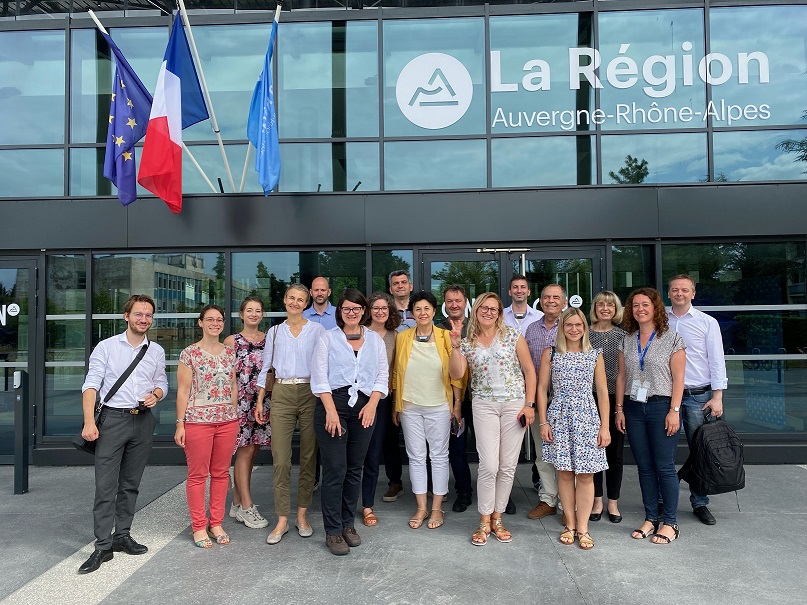
Digital transformation at the heart of Clusterix 2.0 study visit in Lyon on 22-23 June 2022
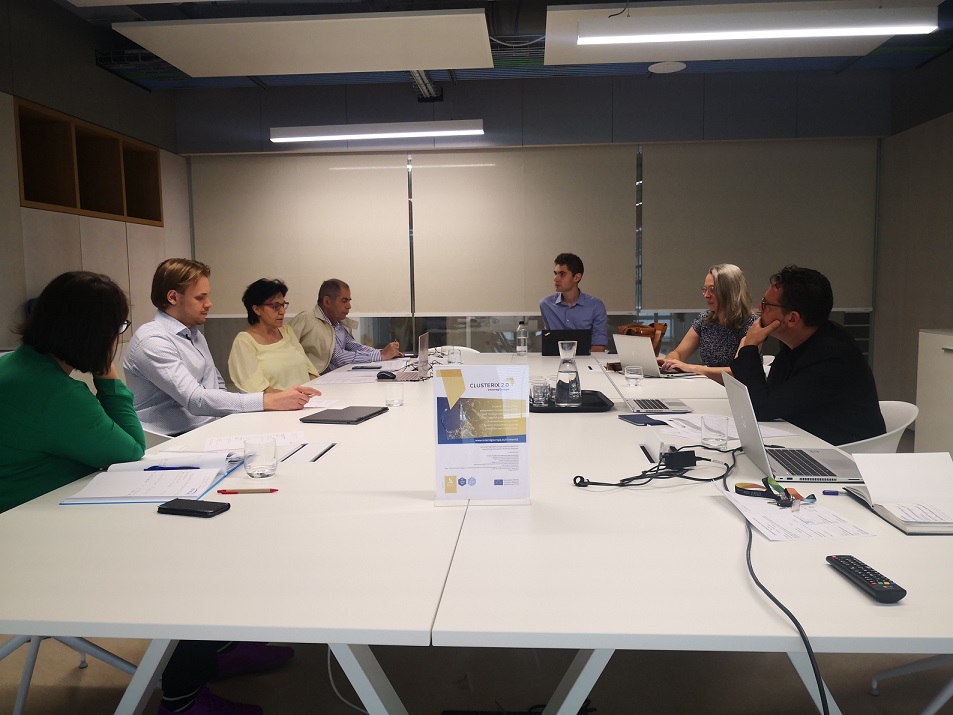
CLUSTERIX 2.0 Green Transformation Study Visit in Bolzano (30/31 May 2022)
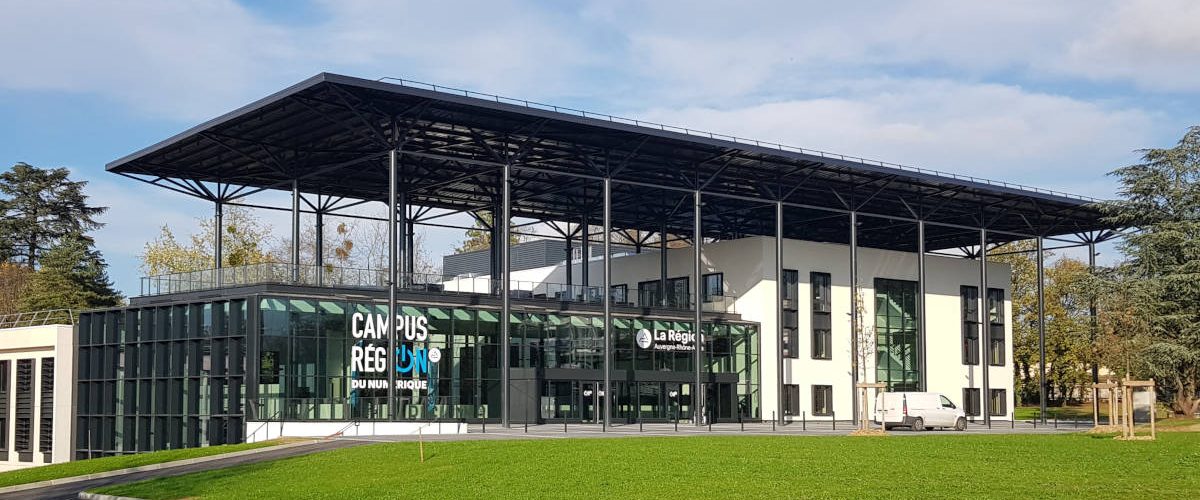
CLUSTERIX 2.0 Study Visit to Lyon on 22-23 June 2022

On 1 March 2022 (10:00-11:30 CET), a joint online workshop was held between three projects of the Interreg Europe programme: NMP-REG, ClusterFY and CLUSTERIX 2.
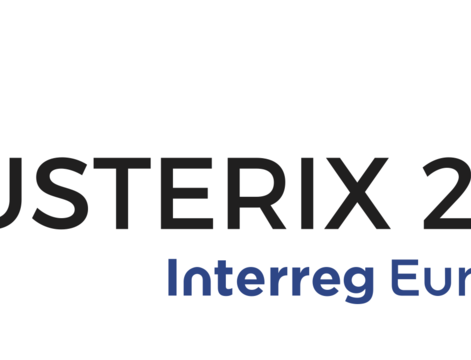
Approval of 5th call application for CLUSTERIX 2.0

A sustainable business plan for the Flemish Cluster Organizations
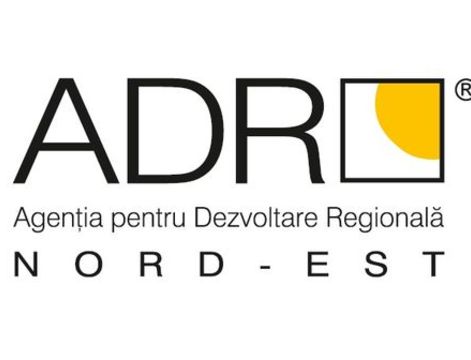
CLUSTERIX 2.0 learnings and achievements in the Region Nord-Est Romania
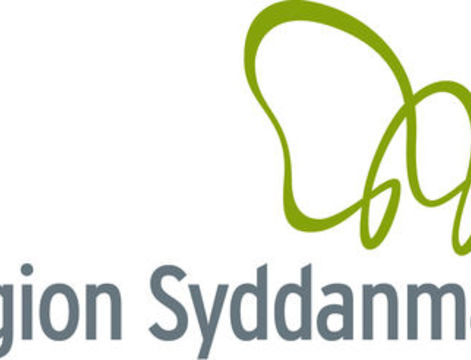
CLUSTERIX 2.0 learnings and achievements in the Region Southern Denmark

CLUSTERIX 2.0 learnings and achievements in the Lower Austria